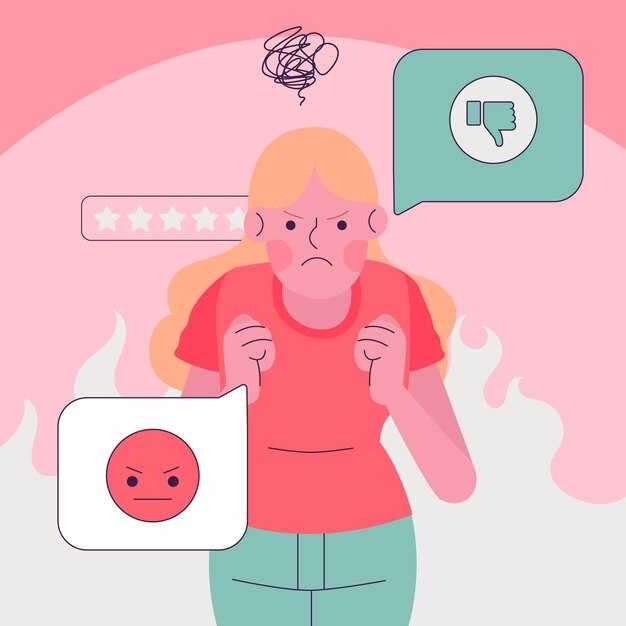Here’s how to tell if you’re trapped in an unhealthy, toxic situation: when the only moment things feel okay between you is when you stay silent, that’s a red flag. If peace only exists because you suppress your emotions — because any expression of them brings punishment — that’s a problem. That punishment often looks like dismissal: “You’re too sensitive,” “Why are you spoiling a good day?” “That was ages ago, get over it,” or “You’re making a big deal out of nothing.” Phrased like that, it might seem easier to keep quiet, but that doesn’t make the dynamic healthy. If you’ve reached the point where honesty feels unsafe, where you can’t share what’s on your mind without fearing a punitive response, that’s warning sign number one. If you feel obliged to constantly monitor their mood and tiptoe around them because you never know whether you’ll meet the angry version or the intoxicated version, and you’re trying to protect yourself or your children, that’s another serious sign. If their affection is inconsistent and leaves you bewildered, if they refuse to accept responsibility and instead shift the blame onto you for their hostility or disrespect, that indicates toxicity. When you begin to blame yourself and accept their claim that you’re the problem, or find yourself thinking “If only I said the right thing, they wouldn’t disrespect me,” or “If I could just change so they like the person I am, maybe they wouldn’t yell or insult me,” or “If I bend over backwards enough, maybe they’ll finally bend a little for me,” — these are all symptoms of a harmful pattern that could be abusive. It’s crucial to prioritize your safety and to seek advice from a trained professional about how to proceed. This situation is not your fault, but it’s important to let trusted people support you in getting free from it. Remember: constant confusion is not love. You should not feel manipulated, shamed, or coerced all the time. True love is built on mutual respect; it would never require you to do something you don’t want to do or cause you pain. That’s not love — that’s control. You deserve kindness, consideration, and thoughtfulness. Yelling, name-calling, aggression, belittling words, and neglect are none of those things.
Additional practical information and next steps:
Recognize the types of abuse: emotional, verbal, financial, physical, sexual, and controlling behaviors are all serious. If you notice persistent patterns of manipulation, isolation (cutting you off from friends or family), financial control, threats, or intimidation, take those signs seriously — they are not “normal relationship problems.”
Immediate safety: if you are in immediate danger, call your local emergency number right away. If you can, move to a safe place and seek help from neighbors, friends, family, or emergency services.
Safety planning — concrete steps to consider (adapt to what feels safest for you):
- Identify a safe place you can go in an emergency and a trusted person to contact.
- Prepare an emergency bag with essentials (ID, copies of important documents, medications, some cash, keys, and a phone charger) and keep it where you can access it quickly or leave it with a trusted person.
- Create a code word or signal with a friend or family member so they know when you need help.
- If children are involved, think through how to keep them safe and what information the school or caregiver might need in an emergency.
- Plan how you would leave safely — timing, transportation, and where you would stay — and practice the plan mentally so it feels more real when you need it.
Documentation and evidence: keep a private record of abusive incidents (dates, times, descriptions, photos of injuries or damage, screenshots of messages). This can help if you later seek legal protection, custody, or support services. Store copies where the other person cannot access them (with a trusted friend, in cloud storage under a private account, or in a safe deposit box).
Tech safety: use a safe device (not shared with the abuser) when searching for help online. Be careful with browser history, shared accounts, location services, and device syncing. If you’re unsure, ask a trusted advocate or service about safe ways to communicate. Many hotlines provide secure chat options.
Legal and practical resources: consider contacting local domestic violence organizations, shelters, or advocates — they can help with safety planning, emergency housing, financial resources, and legal information (restraining orders, custody, and reporting abuse). In the United States, the National Domestic Violence Hotline is available at 1-800-799-7233, via text or online chat (thehotline.org). If you are outside the U.S., look for local domestic violence hotlines or national resources — many countries have dedicated services and directories you can find through a local government or health website.
When to involve police or legal help: if you experience physical violence, threats to your safety, stalking, or property destruction, contact law enforcement. If you are considering a protection order or need information about custody or divorce, speak to a lawyer or an advocacy organization that offers legal guidance.
Emotional support and recovery: reaching out for counseling, therapy, or support groups can help you process what happened and rebuild confidence. Many domestic violence services offer free or low-cost counseling, peer support groups, and survivor programs.
Financial planning: if the relationship involves financial control, try to secure access to funds and important financial documents when safe to do so. Seek advice from local support services about benefits, emergency funds, and ways to establish financial independence.
Tell trusted people: you don’t have to go through this alone. Let trusted friends, family, co-workers, or a counselor know what’s happening so they can offer emotional support and practical help.
Seek professional guidance: trained domestic violence advocates, counselors, and legal professionals can help tailor a plan to your situation and protect your privacy and safety. If you’re unsure where to start, many hotlines and shelters will speak with you confidentially and help you explore options.
Reminders: you are not to blame for someone else’s abusive behavior. Wanting safety, respect, and kindness is reasonable and deserved. Leaving an abusive situation often takes time, planning, and support — take each step at your own pace and prioritize your safety and well‑being.

If you need immediate help and are unsure where to call, contact local emergency services, or search for a nearby domestic violence hotline or shelter. If you feel comfortable, reach out to someone you trust right now and let them know you need support.


 Toxic Red Flags in your Relationship">
Toxic Red Flags in your Relationship">

 The EASIEST way to FIX your FIGHTS in your Relationship">
The EASIEST way to FIX your FIGHTS in your Relationship">
 This is why Relationships Fail.">
This is why Relationships Fail.">
 This Is How Avoidants Test You (It’s Not Rejection, It’s Fear)">
This Is How Avoidants Test You (It’s Not Rejection, It’s Fear)">
 We all need a Conflict Director (Funny)">
We all need a Conflict Director (Funny)">
 Can a Narcissist Change?">
Can a Narcissist Change?">
 When You’re the Strong One But Secretly Falling Apart">
When You’re the Strong One But Secretly Falling Apart">
 Can their EGO handle a COMPLAINT?">
Can their EGO handle a COMPLAINT?">
 3 Childhood Trauma Traps That Make You Attach Too Fast">
3 Childhood Trauma Traps That Make You Attach Too Fast">
 We Stopped Fighting after Realizing THIS">
We Stopped Fighting after Realizing THIS">
 Quit being a Self-Centered JERK in your Relationships">
Quit being a Self-Centered JERK in your Relationships">